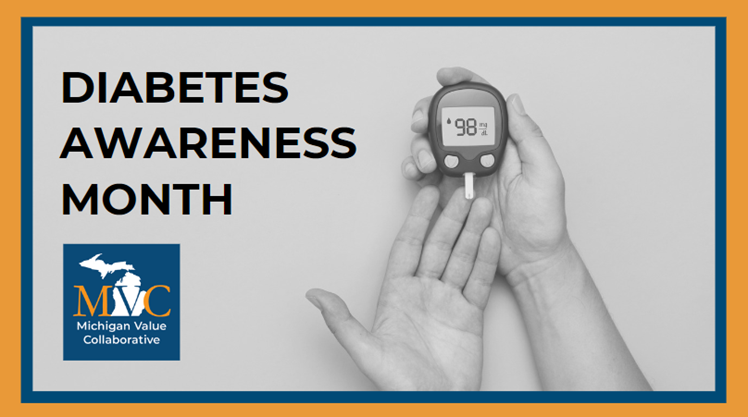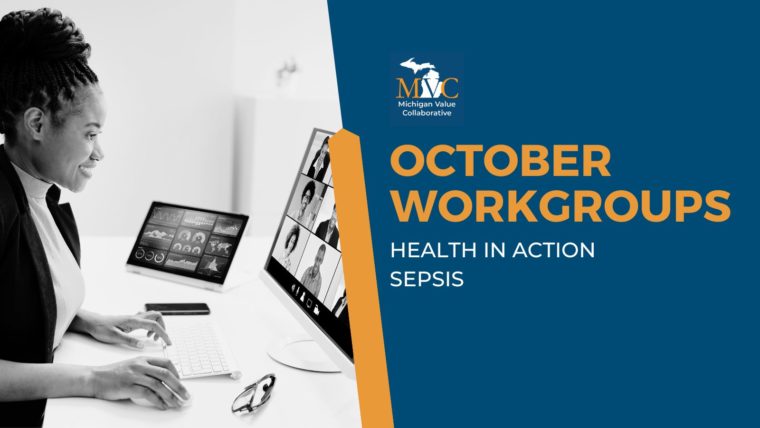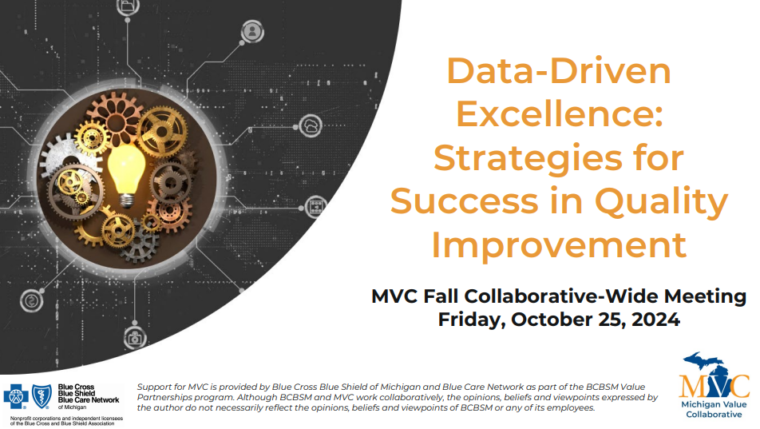MVC recently added three new multi-payer reports to its online registry focused on preoperative testing use prior to low-risk surgery. MVC has been tracking measures of this low-value practice since 2021, and previously shared biannual static push reports with its members on their testing rates. Now, MVC registry users can access these metrics under the multi-payer reports tab on MVC’s online data registry [LINK].
Similar to previous reporting, these new multi-payer reports provide interactive figures to assess a site’s opportunities to reduce unnecessary testing prior to three low-risk procedures: outpatient cholecystectomy, inguinal hernia repair, and lumpectomy. MVC hopes to add additional low-risk procedures in the future. For each of these procedures, preoperative testing is assessed in the 30 days prior to the surgery according to CPT codes identified in claims data. Each report reflects the most up-to-date available claims data from Blue Cross Blue Shield of Michigan (BCBSM) PPO Commercial, BCBSM PPO Medicare Advantage (MA), Blue Care Network (BCN) HMO Commercial, BCN MA, Medicare Fee-for-Service (FSS), and Medicaid insurance plans.
Multi-Payer Report Filters
Users can dynamically select the procedure(s), payer(s), and date range (i.e., the span of the episode start dates) to meet their data needs. Users may also filter by patient characteristics such as age and the presence of certain comorbidities that may place a patient in a higher risk category. Additional patient-level characteristics related to the episode of care that can be filtered include gender, race/ethnicity, and a diagnosis of chronic kidney disease (CKD) or venous thromboembolism during the index event or within 90 days. Up to five comparison groups can also be applied to each figure: the average across all MVC member hospitals, a cohort of hospitals located within the user’s MVC region, hospitals of the same type as the user (i.e., general acute care hospital or Critical Access Hospital), hospitals of the same trauma center level, and, if applicable, other rural hospitals in MVC's membership. A full listing of MVC member hospitals and their GACH, CAH, and rural hospital status can be referenced on the MVC website [LINK].
Preoperative Testing Table
The first of the three new report pages includes a table summarizing the testing rates for each type of preoperative test, overall and by procedure. Rates are shown for a user’s selected hospital and the comparison group of their choosing. The filters as described above allow users to determine which episodes to include or exclude based on their needs.
Preoperative Testing Trends
The next report shows the preoperative testing rates for the user’s hospital(s) over time alongside a comparison group of their choosing, as well as a trend graph demonstrating the magnitude of a site’s rate changes over time (Figure 1). The trend figures provide data points for a time interval of the user’s choosing, either monthly, quarterly, or annually, along with any additional filters as described. If these trend graphs appear to have missing data points, there is likely suppression occurring due to insufficient eligible episodes for that time period. In those instances, MVC recommends modifying the time interval to include more episodes. For all multi-payer reports, MVC suppresses data points with denominators of less than 11, and also suppresses denominators of rates that can be used to back-calculate to a numerator of less than 11.
Preoperative Testing Utilization Rankings
Lastly, the third and final report provides a visual representation of hospital preoperative testing rates for the user’s site(s) alongside all other peer hospitals from a selected comparison group, such as MVC All, hospital type, or hospital region. This style of figure can be used to help benchmark a site’s performance by showcasing how their utilization compares within a larger group. Since both this report and the trend graphs are interactive, users can hover their cursor over a specific data point to view additional details such as the exact testing rate and the number of episodes included in that rate's denominator.
Accessing the Registry Reports
All report pages can be exported into a variety of file types, such as PDFs or JPGs, for ease of sharing or adding to other materials. All MVC registry users will have access to these reports to view the data for their site(s). If you do not have registry access and are interested in using the registry to view these reports, you may complete MVC’s user access request form [LINK].
MVC hosted its first webinar to demonstrate the functionality and features of these new multi-payer preoperative testing reports on Jan. 21 and will host a second webinar on Tues., Jan. 28 from 12-1 p.m. Please RSVP if you are interested in attending this second webinar [LINK].
If you have any additional questions or feedback about the new registry reports, please contact the Coordinating Center by email [LINK].

































